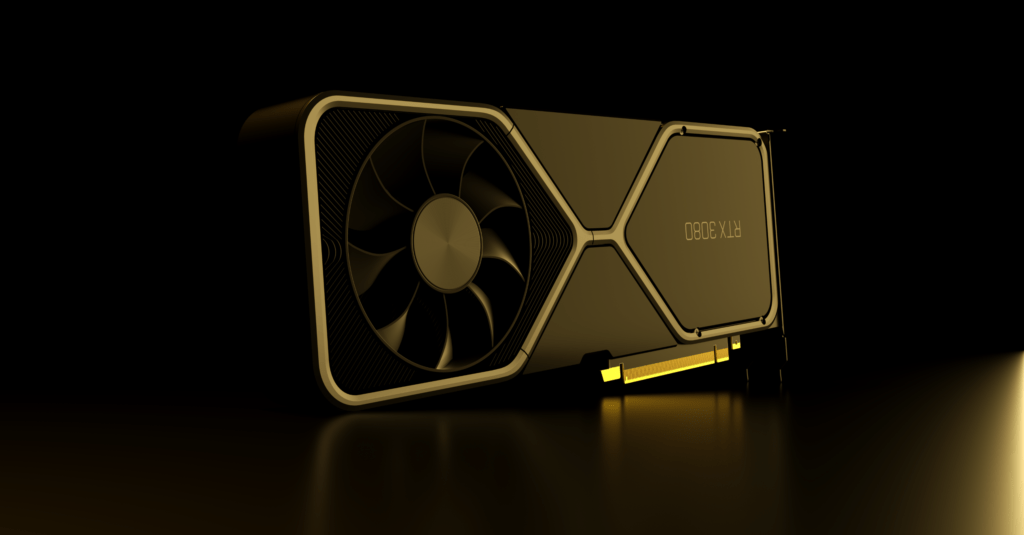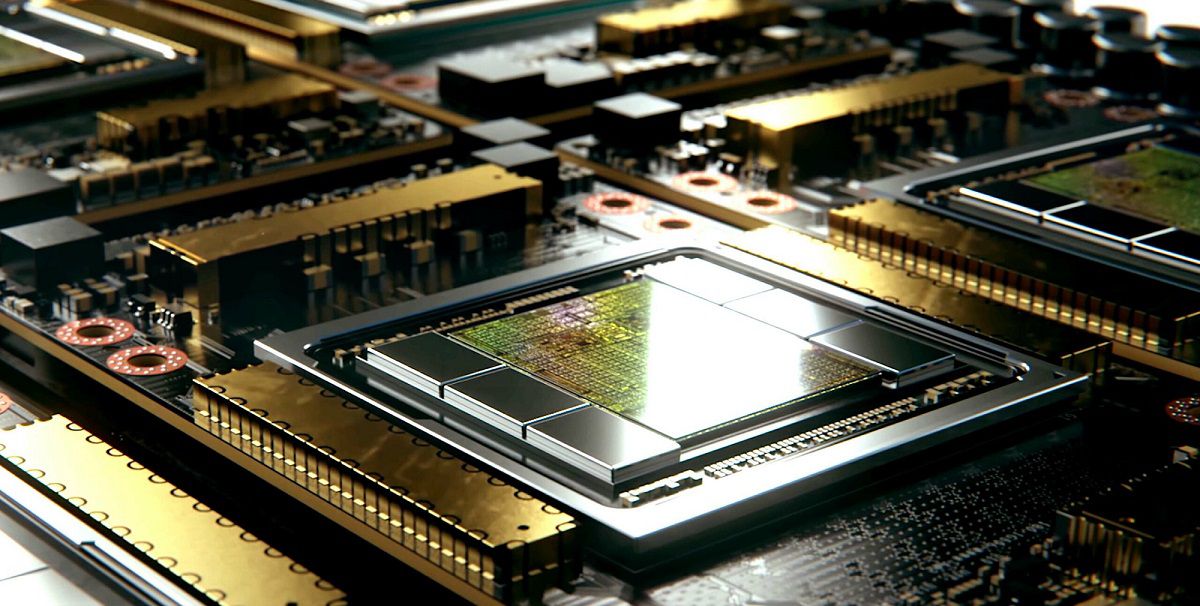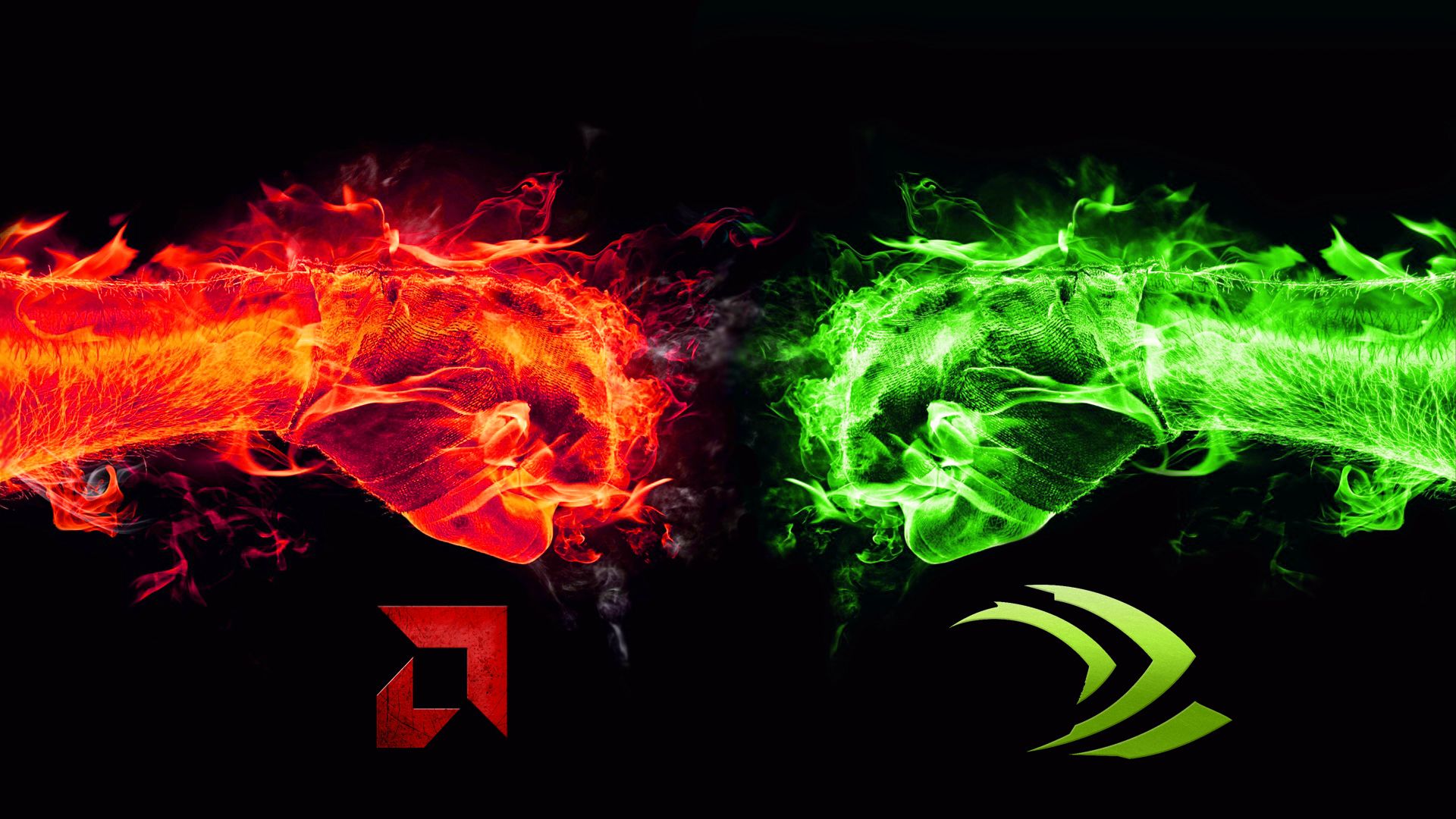Nvidia Or AMD; Which One Makes Better Graphics Cards?
AMD Or Nvidia. If You Are Thinking Of Buying A New Gaming Computer, You Will Inevitably Have To Look For A Graphics Card Made By One Of These Two Companies.
Both companies produce GPUs that power the best graphics cards in the world, and both strive to outperform each other in different benchmarks throughout each generation.
Of course, when buying a new computer, choosing between AMD or Nvidia is not your only choice, and on the other hand, you have to choose between AMD or Intel processors. But in this article, we focus on graphics cards and confront two longtime competitors in areas such as performance, capabilities, drivers and software, power consumption and optimization, pricing, and the like.
The rivalry between AMD and Nvidia has been raging since at least the 1990s, and by most standards, Nvidia is now the crown jewel of the GPU world. For example, in the Steam Platform Hardware Survey, Nvidia GPUs accounted for the largest share, and in terms of financial value, Nvidia is about three times more valuable than AMD.
But we have no interest in the distant past or finances. We want to know which one wins the current battle between AMD and Nvidia graphics cards.
This means that we have to take a basic look at the AMD Big Navi and Nvidia Ampere series graphics cards.
The important thing is to have an overview throughout the article. This article is not going to focus on the fastest GPU, or the best graphics card, or even the most expensive options. We look at all the factors in each category, from economical and mid-range graphics cards to premium ones, and at the same time the technology behind each one. We will have a winner at the end of the article, but the winner will definitely not be able to maintain his position forever and the situation may be very different in the future.
Let’s take the boxing gloves and go to the first round.
Performance in games

For decades, the rapid rise of GPUs has allowed game developers to create more detailed and complex worlds than ever before. While both AMD and Nvidia have plenty of different graphics cards in the mid-range, mid-range, and flagship markets, when it comes to pure performance, Nvidia has the upper hand thanks to the giant and extremely powerful GeForce RTX 3090 graphics card. But if we ignore the most powerful option on the market, competition becomes more equal.
If you look at the hierarchy of different benchmarks for GPUs, the list of the top 5 hardware includes two Nvidia GA102 graphics cards (3090 and 3080) and the remaining three are built with AMD’s Navi 21 architecture.
But there is one important point in these benchmarks:
These tests are performed without considering technologies such as DLSS or beam tracking. On the other hand, there are no results from FidelityFX technology or CPU bottlenecks that can play a role at lower resolutions.
The RTX 3090 is by no means a good piece of hardware, and that’s new regardless of current market conditions. We’ll talk more about that later, but the GeForce RTX 3080 and Radeon RX 6800 XT offer better performance for the price. These two graphics cards perform very well in playing video games, and it can be said that AMD has a bit of an upper hand.
But as soon as the beam tracking and DLSS capabilities are turned on, Nvidia moves forward easily and by a wide margin. So Nvidia has a higher position in the performance ladder, but we should not just look at this category.
Looking at the more general market (ie in the price range of about $ 400) the situation becomes a bit more complicated.
The AMD Radeon RX 6700 XT beats the GeForce RTX 3060 Ti slightly better in terms of performance if we ignore DLSS interception again.
But (in theory), AMD’s graphics card costs customers about 20% more than Nvidia, and the price difference is even greater than the 12GB GeForce RTX 3060. We’ll still have to wait for other Navi 22-based models to come out, but the RX 6700 is a better choice.
Older graphics cards have lost their functionality with the advent of new models, so if you find hardware on the market, Nvidia wins.
The GTX 1660 runs a little faster and requires a little less power, for the same price.
What is the purpose of cards that have an even lower price? At present, such cards are graphics processors equipped with 4 GB of video memory, because the lack of components along with the increasing desire of people to extract cryptocurrencies has caused the price of everything to rise. Some older cards, such as the Radeon RX 570 4GB or Nvidia GTX 1060, can be found for less than $ 200, but if you’re lucky.
Winner: Nvidia
Optimization and energy consumption

Before AMD’s Navi architecture came into being, Nvidia was the leader in terms of energy efficiency. But Navi changed everything, and then we had Big Navi, which took optimality to the next level.
Using chips made with TSMC’s 7nm process and FinFET process, as well as a new architecture that delivers 50% better performance per watt, Navi was able to close the gap with Nvidia products. But the problem is that the difference between the two companies was so great that even a 50% improvement did not completely compensate for the difference.
But Nvidia’s Ampere architecture puts the higher clock ahead of optimality, and AMD’s Big Navi has a dramatic improvement in optimization thanks to Infinity Cache. The result is that Ampere and Big Navi are now moving very close to each other.
Tests now show that while power consumption on Nvidia’s older GPUs is significantly better, the difference in next-generation hardware has taken on a new shape. The RTX 3090 consumes the most power, followed by the RTX 3080 and the next three slots with three Navi 21-based cards: the RX 6900 XT, the RX 6800 XT, and the RX 6800.
Previous generation cards such as the Titan RTX and RTX 2080 The Ti and RTX 2080 Super are somewhere between the 6800 and 6800 XT, but in this article, we don’t want to talk too much about the previous generation.
Going through these cards, the difference becomes so small that it is not possible to choose a clear winner.
AMD’s RX 6700 XT graphics card consumes slightly more power than the RTX 3070 and slightly less than the RTX 3060 Ti, but all come in 10 watts. The RTX 3060 12GB consumes about 35 watts less than the others but is clearly in the lower performance rating as well.
Among the previous generation of economic processors, Nvidia 16 Series cards have a slightly higher hand, especially in the FurMark benchmark, which of course is not a good benchmark for measuring energy consumption when gaming. But Nvidia’s GTX 1660 Ti and GTX 1660 Super still consume less power and get about 20% higher performance than the RX 5500 XT 8GB. This is not a big difference, but it will make Nvidia win. Similarly, the GTX 1650 Super card outperforms the RX 5500 XT 4GB and consumes 25 watts less power.
Winner: Equal
Special features

Most of the features supported by AMD and Nvidia look the same, but they are implemented differently. Both companies now support beam tracking technology that takes gaming lighting to new levels, but at the same time, it is not necessary for an enjoyable experience. Nvidia DLSS technology is a big factor, and AMD’s FidelityFX Super Resolution (or FSR) is not yet fully operational. Then it’s time for other features.
Nvidia’s G-Sync competes with AMD’s FreeSync, Radeon Anti-Lag competes with Nvidia’s ultra-low reflex mode, and we have other features that work the same.
But support for programming interfaces and similar hardware capabilities does not make things equal. Ampere and RDNA2 also support mesh shaders and variable shading rates and include features that are part of the DirectX 12 Ultimate package.
But Nvidia’s performance in the field of beam tracking is usually significantly better than AMD’s, even without the simultaneous use of DLSS.
Although FreeSync and G-Sync look alike, the best G-Sync displays usually have higher quality and less latency than FreeSync-based displays. The same is true of AMD and Nvidia’s Reflex anti-log system: in theory, we have the same capabilities, but in practice, the Reflex is better implemented than the rival system.
Of course, not everything is in Nvidia’s favor, and we have areas where AMD is winning.
For example, the 7-nanometer TSMC process used by AMD in the production of RDNA 2 chips (and RDNA, as well as the Zen 3 chips found in the PlayStation 5 and Xbox X Series) clearly outperform Samsung’s 8-nanometer process…
But the important thing is that a lot of other companies like Apple, Qualcomm, and even Intel want to use this TSMC technology. This becomes troublesome when we know that TSMC does not have the capacity to meet the needs of all these companies.
Winner: Nvidia
Drivers and software

It is really difficult to try to choose a winner in the category of drivers and software. Some people used to have problems with the black screen on AMD RX 5000 Navi series graphics card drivers, while others had no problems.
Newer drivers have fixed these issues, but some users are still complaining. Nvidia drivers are also not flawless, and depending on the game and hardware, many problems are facing both companies’ products. But does one of these two companies perform better with drivers?
AMD is proud of the annual changes it makes to its drivers. The Radeon Adrenalin 2020 drivers put everything under a big umbrella, and AMD tried to give a simpler look to the various components of the drivers, but if you were used to older drivers, everything would be a little confusing.
AMD usually neglects WHQL (Windows Hardware Quality Labs) tests, which means fewer people test drivers and more likely to bug.
But at WHQL, Microsoft measures a very fundamental level of performance that is not so reliable in gaming. Normally you can expect at least one new driver from AMD, usually when a big game is released.
The Nvidia driver release schedule follows a similar procedure. Every time a big game comes up or a new graphics card comes on the market, you get a new driver. All Nvidia drivers receive WHQL licenses, and the company also has separate drivers under Studio Driver that target content creators.
One big difference between AMD and Nvidia drivers is that Nvidia has two separate user interfaces.
The Nvidia Control Panel manages things like resolution and some special graphics settings, and within GeForce Experience, you can optimize games, get driver updates, and access additional features like ShadowPlay and Ansel. The annoying thing is that to enter the GeForce Experience app, you have to solve one captcha puzzle at a time.
Winner: Equal
Pricing and access

In the battle between AMD and Nvidia, which one has better pricing? This is a funny question, and basically, with that in mind, you can’t rely on logic. The graphics card market has been in dire straits since the RTX 3080 was launched in September last year.
And although a survey of Steam hardware shows that a reasonable number of people have been able to afford the latest generation of Nvidia graphics cards, it is difficult to buy RTX 30 series cards at a genuine price.
So we have to refer to the prices on the eBay website because it is only on this site that you really get the graphics cards. Of course, these cards are sold at amazing prices – sometimes two or three times the base and official price – and you should not buy them at all. It has reached the point where the Newegg store holds a lottery from time to time, and some get a chance to buy new cards by drawing lots.
Meanwhile, AMD and Nvidia say they are producing new cards “as fast as possible.”
Unfortunately, the speed of work is not high enough and the lack of other parts has worsened the situation.
At the top of the market, the RTX 3090 is now priced at around $ 3,000, which is double its $ 1,500 price tag at launch. The RTX 3080 is available for $ 2,200, which is three times the original $ 700 price tag. Even if you are lucky enough to find someone on eBay who is willing to sell these graphics cards, you will have to pay $ 1,000 more for the 3080 and $ 2,000 more for the 3090.
In this dirty game, only the dealers win.
Then we go to the RTX 3070 and RTX 3060 Ti, both of which are priced between $ 1,300 and $ 1,400. Here we see a very direct relationship between eBay prices and the profit from Atrium extraction, and this is repeated even with cards that have only 4 GB of memory and are not considered capable of extracting Atrium. Unfortunately for gamers, you can still use graphics cards to extract some ciphers.
Finally, we have the 12GB RTX 3060, which costs “only” $ 590- $ 950. Terrible price for a card that is equal to the previous generation RTX 2070 in terms of performance.
Conditions for AMD’s Big Navy GPUs are not much better.
The RX 6900 XT retails for $ 1,800 to $ 2,000, the RX 6800 XT has a price tag of $ 1,500 to $ 1,700, and the RX 6800 costs consumers between $ 1,350 and $ 1,500.
Relatively speaking, these are better prices than Ampere GPUs, but no one should spend that figure on cards that should be priced between $ 579 and $ 999 at the highest. The new RX 6700 XT, which is officially priced at $ 479, sells for $ 900 to $ 1,100.
Winner: No one except brokers
The final word

With a final score of 4: 2, Nvidia still holds the touch of the world of GPUs. Cut the cake, light the firecrackers and celebrate. However, when we look at the horrific market pricing and then what comes to mind, all these comparisons become meaningless.
In the turbulent world of hardware, if you’re looking for a new graphics card, it might be best to go for pre-assembled computers. Normally we do not make such an offer to anyone.
But when we look at the prices listed on sites like eBay, we have no choice but to say that with the cost of just one graphics card, you will be able to buy a complete computer. By the way, although AMD is taking its fatal blows, Nvidia has the upper hand in terms of technology, capabilities, and performance.













